Home>Home Appliances>Home Automation Appliances>What Should You Set Your Thermostat On In The Summer
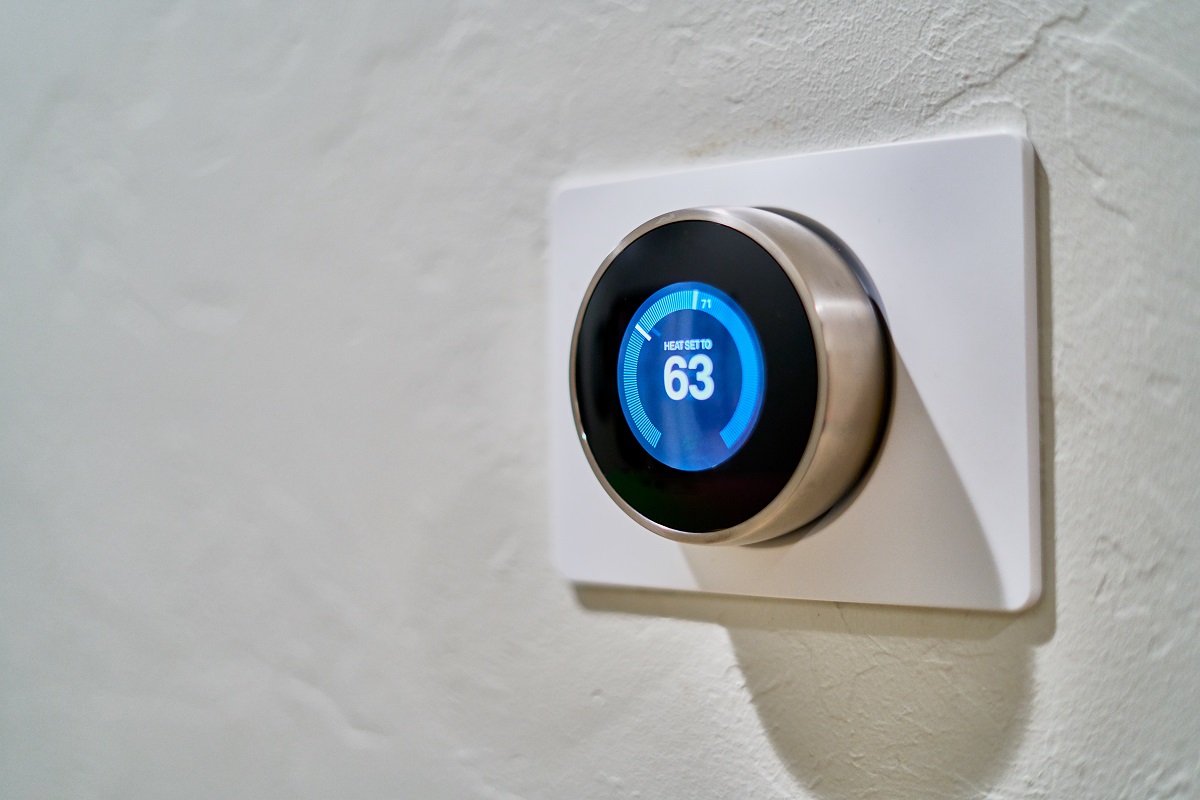

Home Automation Appliances
What Should You Set Your Thermostat On In The Summer
Modified: February 17, 2024
Find the ideal summer thermostat setting for your home automation appliances. Keep your space comfortable while saving energy.
(Many of the links in this article redirect to a specific reviewed product. Your purchase of these products through affiliate links helps to generate commission for Storables.com, at no extra cost. Learn more)
**
Introduction
**
Welcome to the ultimate guide on setting your thermostat for the summer season. As the temperatures rise and the sun beats down, finding the perfect indoor climate becomes a top priority. Whether you're looking to maximize comfort or optimize energy efficiency, understanding the ideal thermostat settings is crucial. This comprehensive article will delve into the various factors to consider when setting your thermostat in the summer, provide recommended temperature settings, offer tips for energy efficiency, and ultimately empower you to make informed decisions that align with your preferences and values. Let's embark on this journey to unlock the secrets of thermostat settings and create a cool, comfortable oasis within your home.
**
Key Takeaways:
- Find the perfect summer thermostat setting by considering factors like climate, occupancy, and insulation. Set daytime temps between 75-78°F and unoccupied times at 82°F for comfort and energy savings.
- Boost energy efficiency in summer by maintaining your cooling system, using fans, and strategic ventilation. Consider smart thermostats and energy-efficient upgrades to create a sustainable and comfortable indoor environment.
Factors to Consider
**
When determining the optimal thermostat setting for the summer, several key factors come into play, each influencing the overall comfort and energy efficiency of your home. Understanding these factors will enable you to make informed decisions tailored to your specific needs and circumstances.
- Climate and Regional Variations: The climate of your region significantly impacts the ideal thermostat setting. Areas with high humidity may require lower indoor temperatures for comfort, while arid regions might necessitate slightly higher settings. Understanding the climate variations in your area is crucial for setting an appropriate baseline temperature.
- Occupancy and Daily Schedule: Consider the typical occupancy and daily schedule of your household. If the home is often unoccupied during the day, adjusting the thermostat to conserve energy while maintaining a comfortable temperature for when occupants return can lead to significant cost savings.
- Home Insulation and Sealing: The quality of insulation and sealing in your home directly influences its ability to retain cool air. Well-insulated homes may require less energy to maintain comfortable temperatures, while poorly insulated spaces may demand more frequent and drastic thermostat adjustments.
- Appliances and Heat Sources: The presence of heat-generating appliances and sources, such as ovens, stoves, and direct sunlight through windows, can elevate indoor temperatures. Factoring in these heat sources when setting your thermostat ensures that your cooling system adequately offsets their impact.
- Health and Comfort Preferences: Individual comfort preferences and health considerations play a significant role in determining the ideal thermostat setting. Certain health conditions or personal comfort preferences may necessitate specific temperature ranges for optimal well-being.
By considering these factors, you can tailor your thermostat settings to align with your unique circumstances, promoting both comfort and energy efficiency within your home.
**
Recommended Temperature Settings
**
Setting the ideal temperature on your thermostat for the summer involves striking a balance between comfort and energy efficiency. While individual preferences may vary, there are general recommendations that can serve as a starting point for finding the perfect setting to keep your home cool and inviting.
Daytime Settings:
During the day, when occupants are active and indoor activities contribute to heat generation, setting the thermostat between 75°F and 78°F is often recommended for a comfortable yet energy-efficient environment. Adjusting the temperature within this range can help minimize energy consumption while ensuring a pleasant indoor climate.
Nighttime and Unoccupied Settings:
For nighttime hours or when the home is unoccupied, slightly raising the thermostat to around 82°F can help conserve energy without compromising comfort. Many individuals find this temperature range conducive to restful sleep while minimizing cooling costs during off-peak hours.
Programmable Thermostat Benefits:
Utilizing a programmable thermostat offers the advantage of automatically adjusting the temperature based on your household's schedule. This allows for seamless transitions between different temperature settings, optimizing energy usage while ensuring that the home remains comfortable when occupants are present.
Zoning Systems:
If your home is equipped with zoning systems, customizing temperature settings for different areas can further enhance comfort and energy efficiency. By tailoring temperatures to specific zones based on occupancy and usage patterns, you can optimize cooling while minimizing energy waste.
It's important to note that these recommended temperature settings serve as a general guideline, and individual preferences, as well as the specific factors mentioned earlier, should be taken into account when determining the ideal thermostat settings for your home.
By considering these recommendations and personalizing your thermostat settings to suit your lifestyle and comfort preferences, you can create a refreshing indoor environment while promoting energy-conscious habits.
**
Set your thermostat to 78°F in the summer to balance comfort and energy savings. Use fans to help circulate cool air and dress in lightweight clothing to stay comfortable.
Tips for Energy Efficiency
**
Enhancing energy efficiency during the summer months not only reduces utility costs but also contributes to environmental sustainability. By implementing these practical tips, you can optimize your home's cooling system and minimize energy consumption without sacrificing comfort.
- Regular Maintenance: Schedule routine maintenance for your cooling system to ensure optimal performance. This includes cleaning or replacing filters, inspecting ductwork for leaks, and checking the overall functionality of the system. A well-maintained system operates more efficiently, reducing energy usage.
- Utilize Fans: Ceiling fans and portable fans can complement your cooling system by promoting air circulation. This allows for a perceived cooling effect, enabling you to raise the thermostat setting without sacrificing comfort. Remember to turn off fans when leaving a room to conserve energy.
- Strategic Ventilation: Take advantage of cooler evening or early morning temperatures by opening windows to allow natural ventilation. This can help reduce reliance on mechanical cooling during milder periods, lowering energy consumption.
- Smart Thermostat Integration: Consider integrating a smart thermostat into your home automation system. Smart thermostats offer advanced features such as learning algorithms, remote access, and energy usage insights, empowering you to optimize settings for efficiency without compromising comfort.
- Shading and Insulation: Utilize window coverings, such as blinds or curtains, to block out direct sunlight and reduce heat gain. Additionally, ensuring adequate insulation in your home helps maintain cool indoor temperatures, lessening the workload on your cooling system.
- Limit Heat Sources: Minimize the use of heat-generating appliances during the hottest parts of the day. This includes running the dishwasher and laundry machines in the evening, when temperatures are cooler, to prevent unnecessary heat buildup in your home.
- Consider Energy-Efficient Upgrades: If your cooling system is nearing the end of its lifespan, consider upgrading to an energy-efficient model. Look for units with a high Seasonal Energy Efficiency Ratio (SEER) rating, as they offer improved efficiency and reduced energy consumption.
By implementing these energy-efficient practices, you can optimize your home's cooling system, reduce energy consumption, and lower utility costs while maintaining a comfortable indoor environment. Embracing these tips not only benefits your household but also contributes to a more sustainable and eco-friendly lifestyle.
**
Conclusion
**
As the summer heat envelops your surroundings, mastering the art of thermostat settings becomes paramount in creating a cool and inviting indoor haven. By considering various factors, such as climate variations, occupancy patterns, and insulation quality, you can tailor your thermostat settings to align with your unique needs and preferences.
Implementing the recommended temperature settings, encompassing daytime, nighttime, and unoccupied periods, provides a balanced approach to maintaining comfort while promoting energy efficiency. Leveraging programmable thermostats and zoning systems further enhances your ability to optimize cooling and minimize energy consumption.
Furthermore, prioritizing energy efficiency through regular maintenance, strategic ventilation, and smart thermostat integration empowers you to reduce environmental impact and utility costs. By harnessing the power of fans, shading, and insulation, you can create a sustainable and comfortable indoor environment while minimizing your carbon footprint.
Ultimately, achieving the perfect thermostat setting for the summer is a personalized journey, guided by a blend of practical recommendations and individual considerations. By embracing energy-efficient practices and fine-tuning your thermostat settings to suit your lifestyle, you can revel in a refreshing and sustainable living space.
So, as you embark on this seasonal endeavor, may your thermostat become a beacon of comfort and efficiency, ushering in a summer filled with cool serenity and eco-conscious living.
Frequently Asked Questions about What Should You Set Your Thermostat On In The Summer
Was this page helpful?
At Storables.com, we guarantee accurate and reliable information. Our content, validated by Expert Board Contributors, is crafted following stringent Editorial Policies. We're committed to providing you with well-researched, expert-backed insights for all your informational needs.
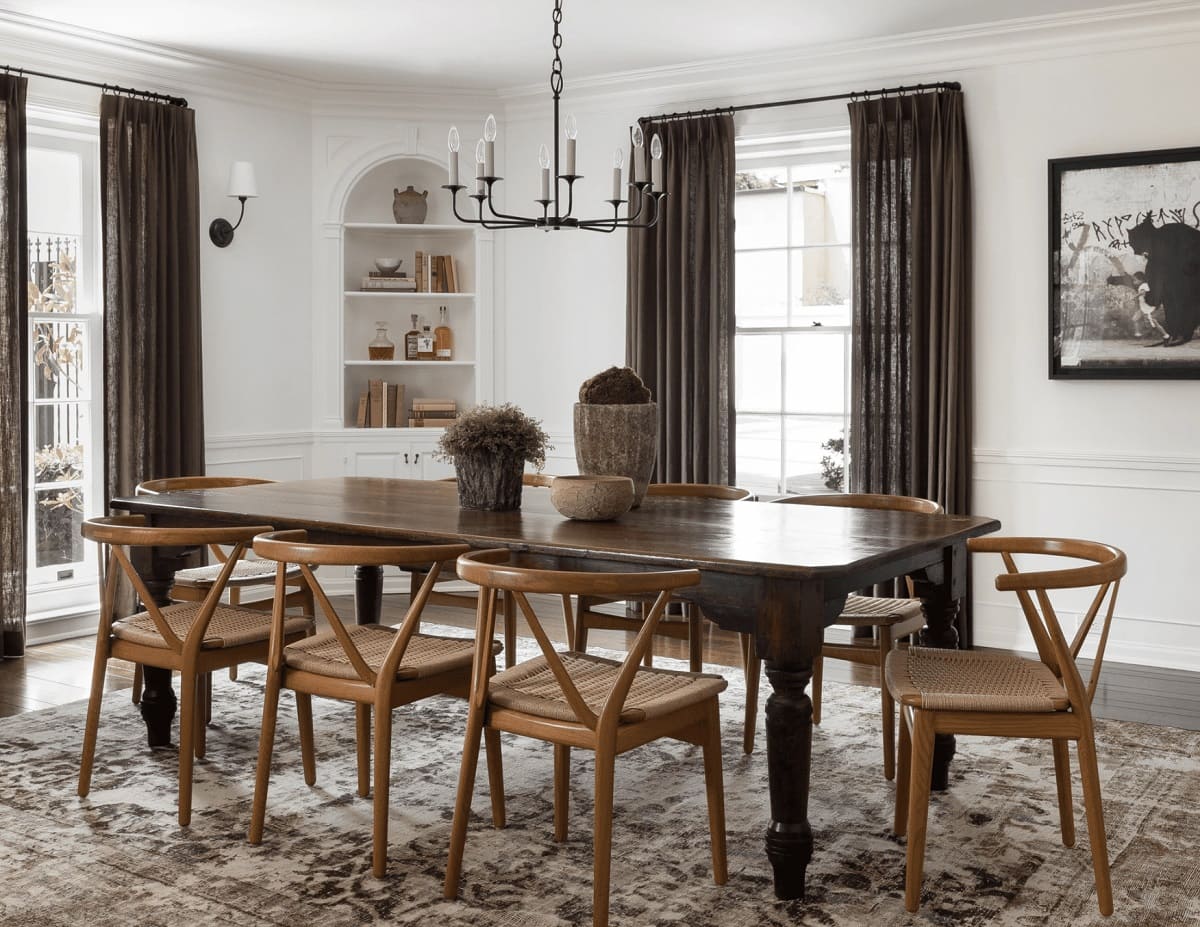
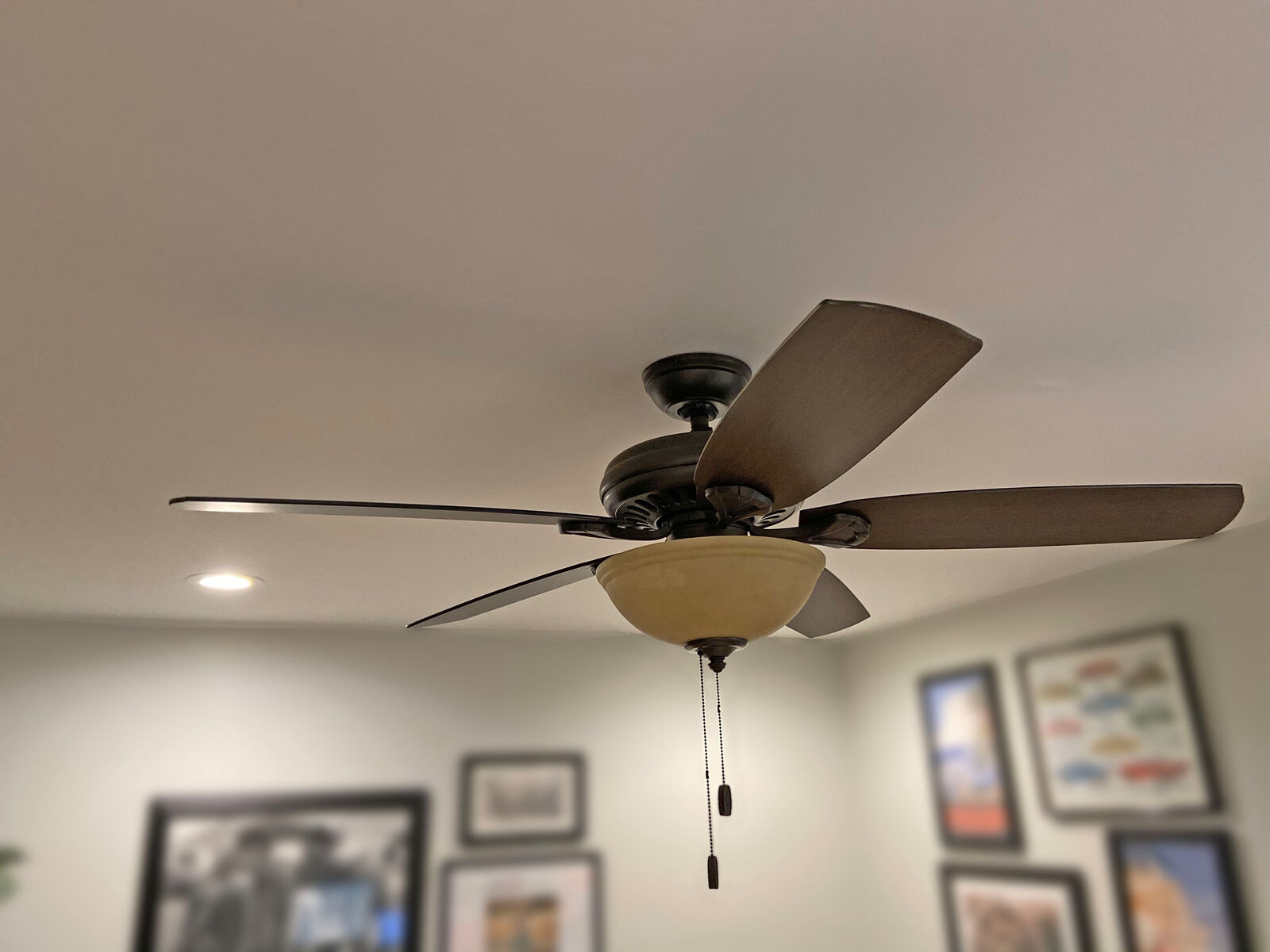
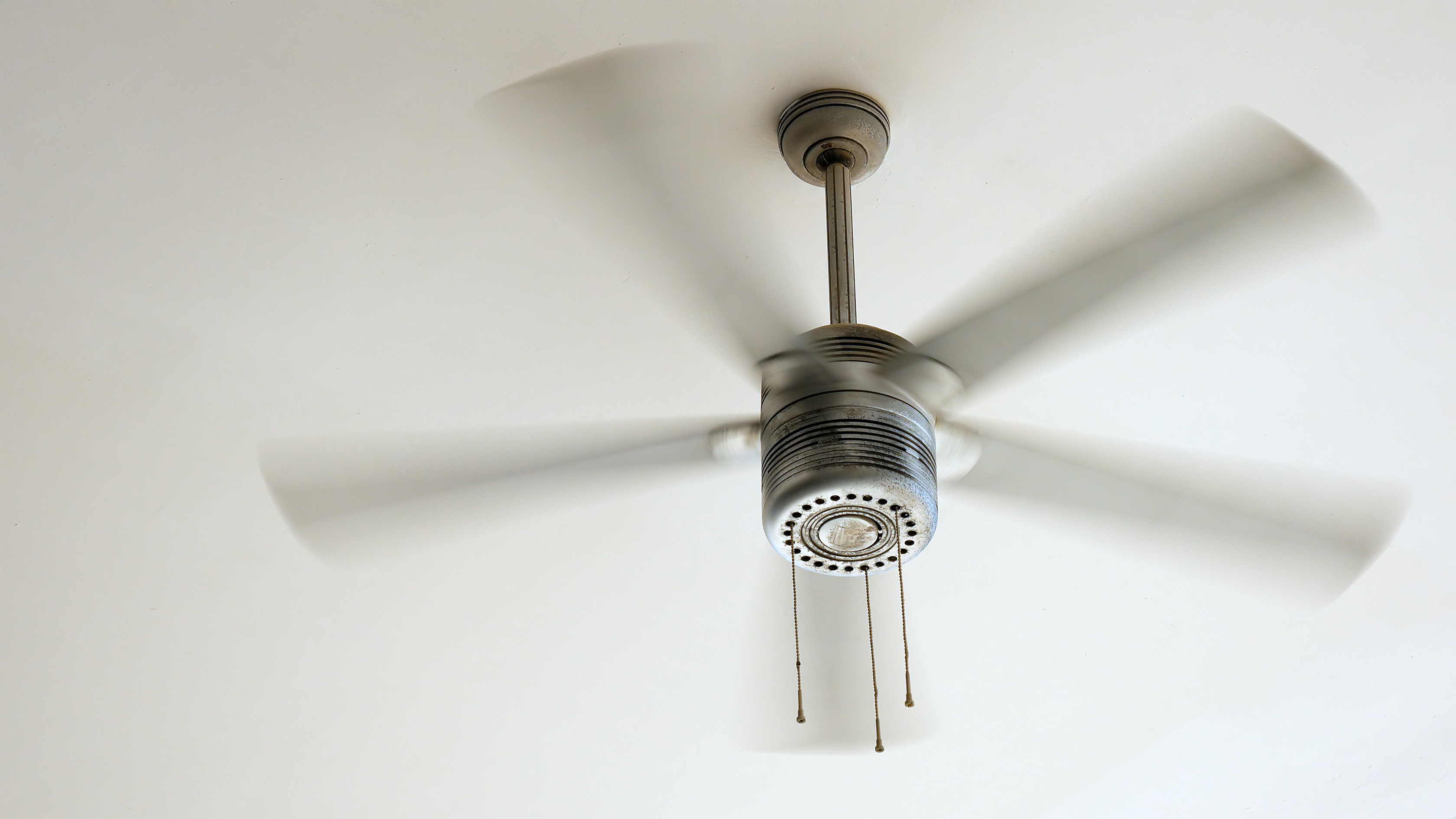
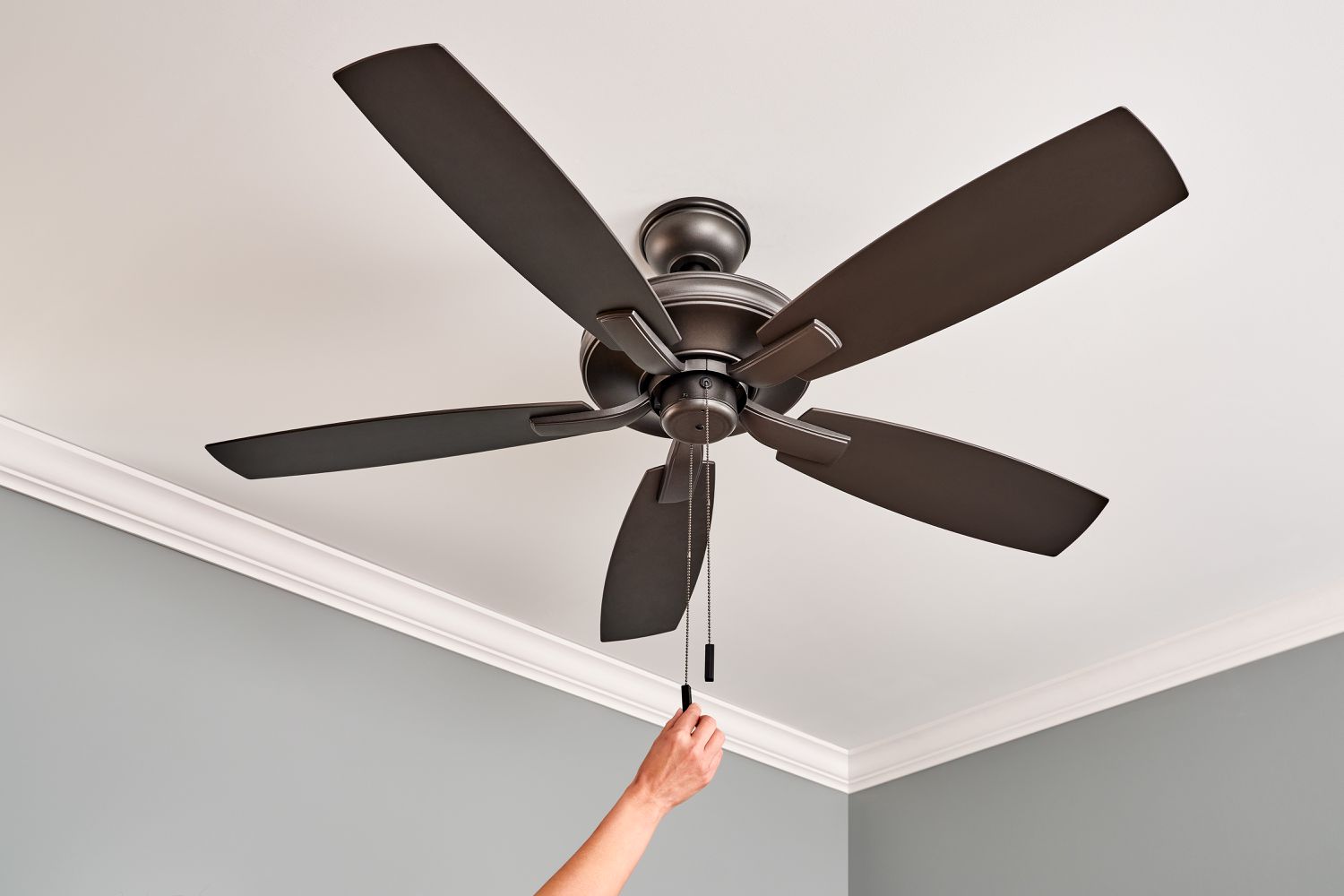

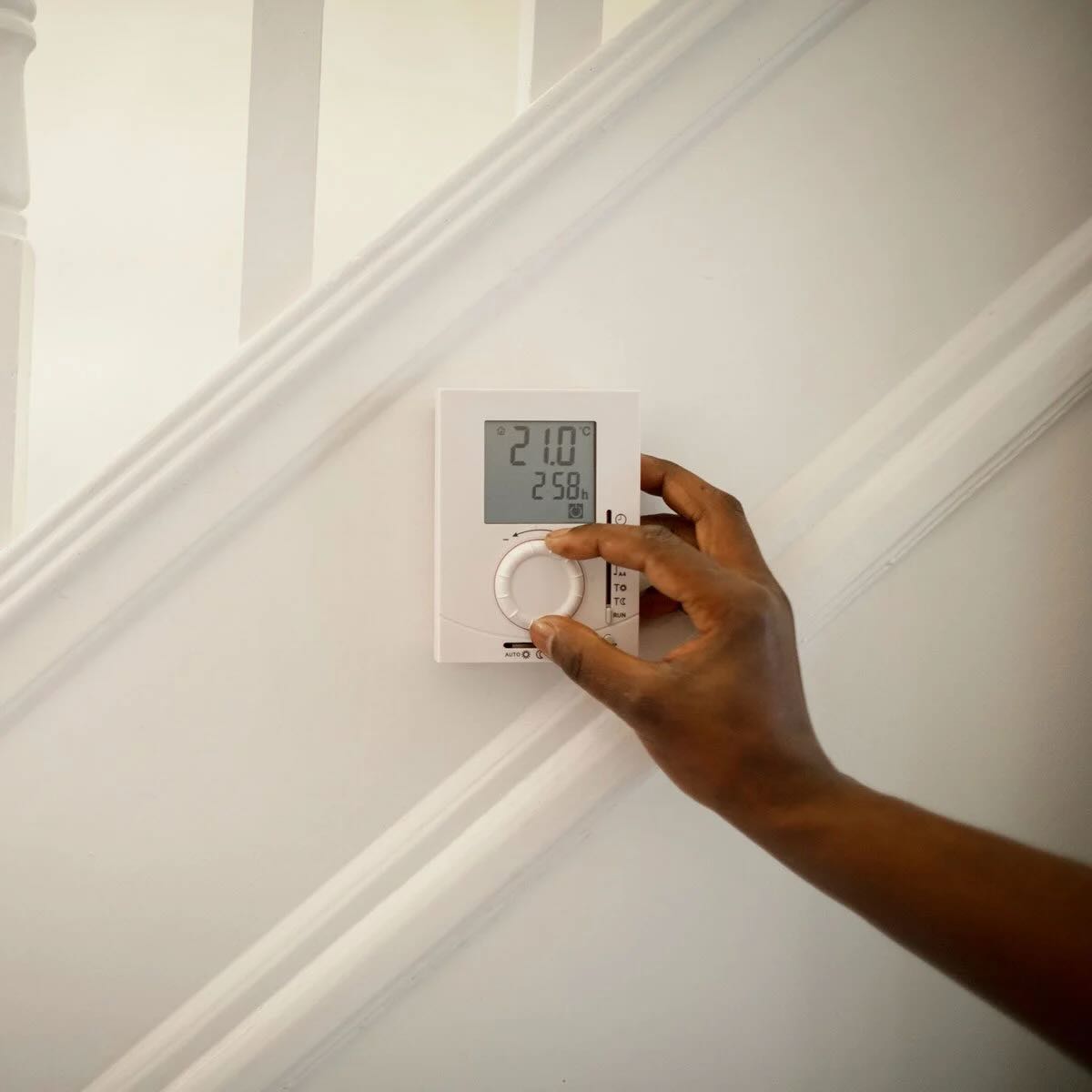
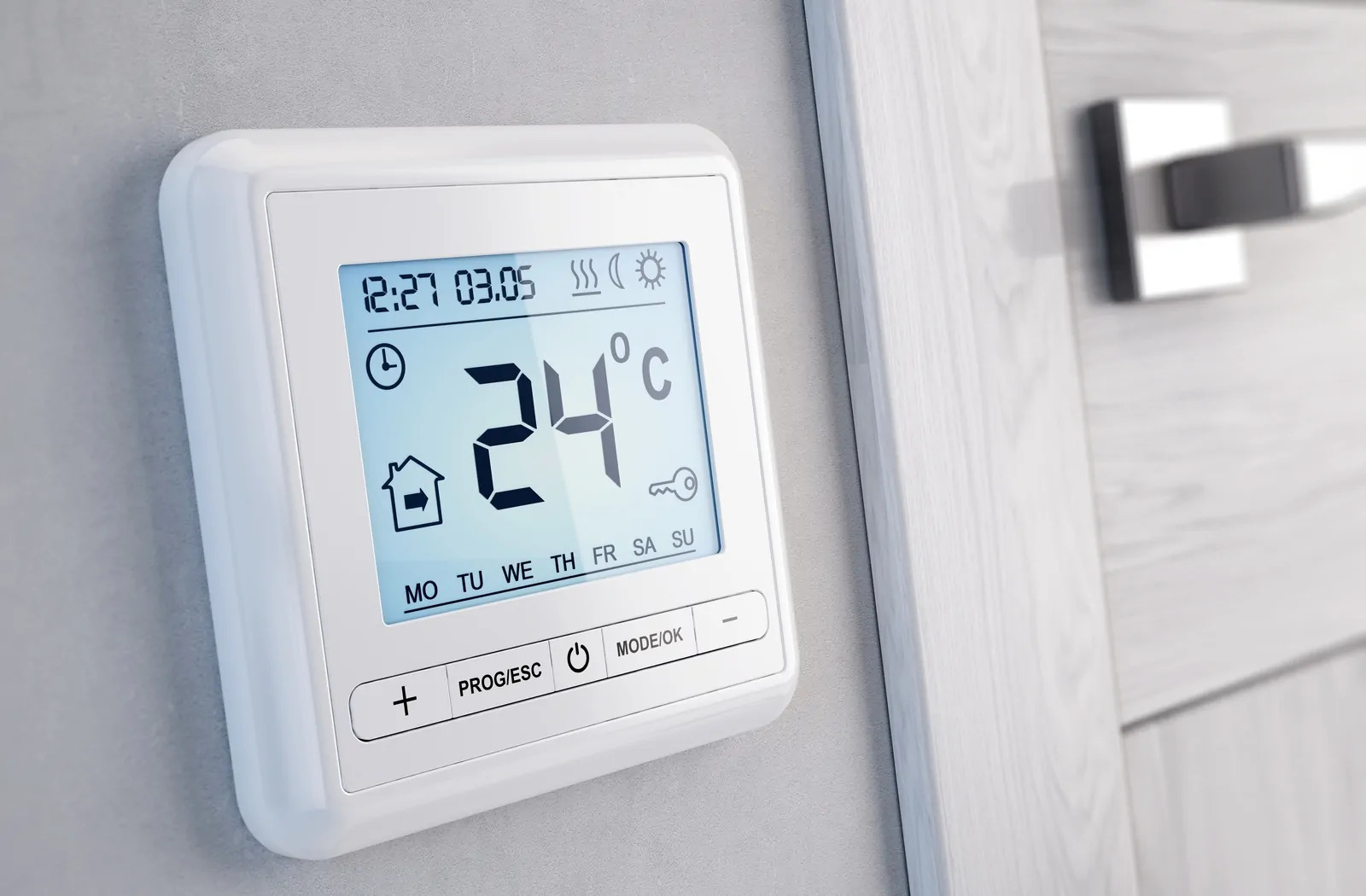



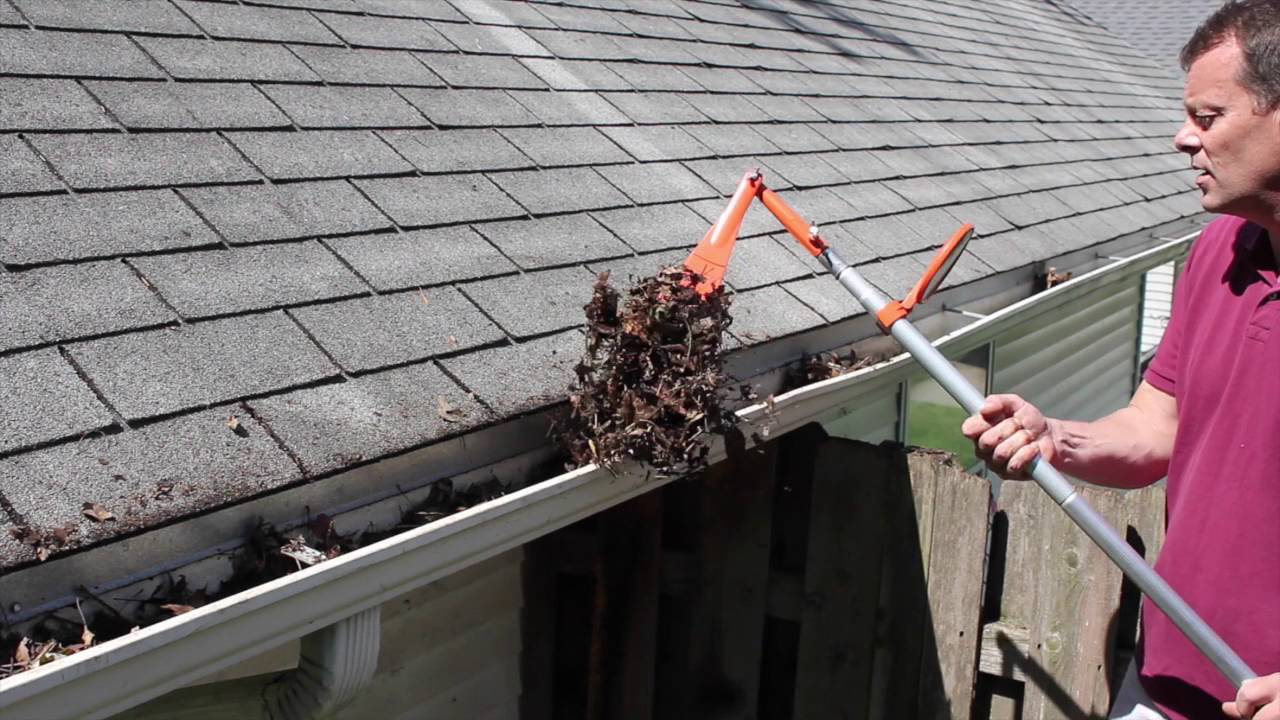

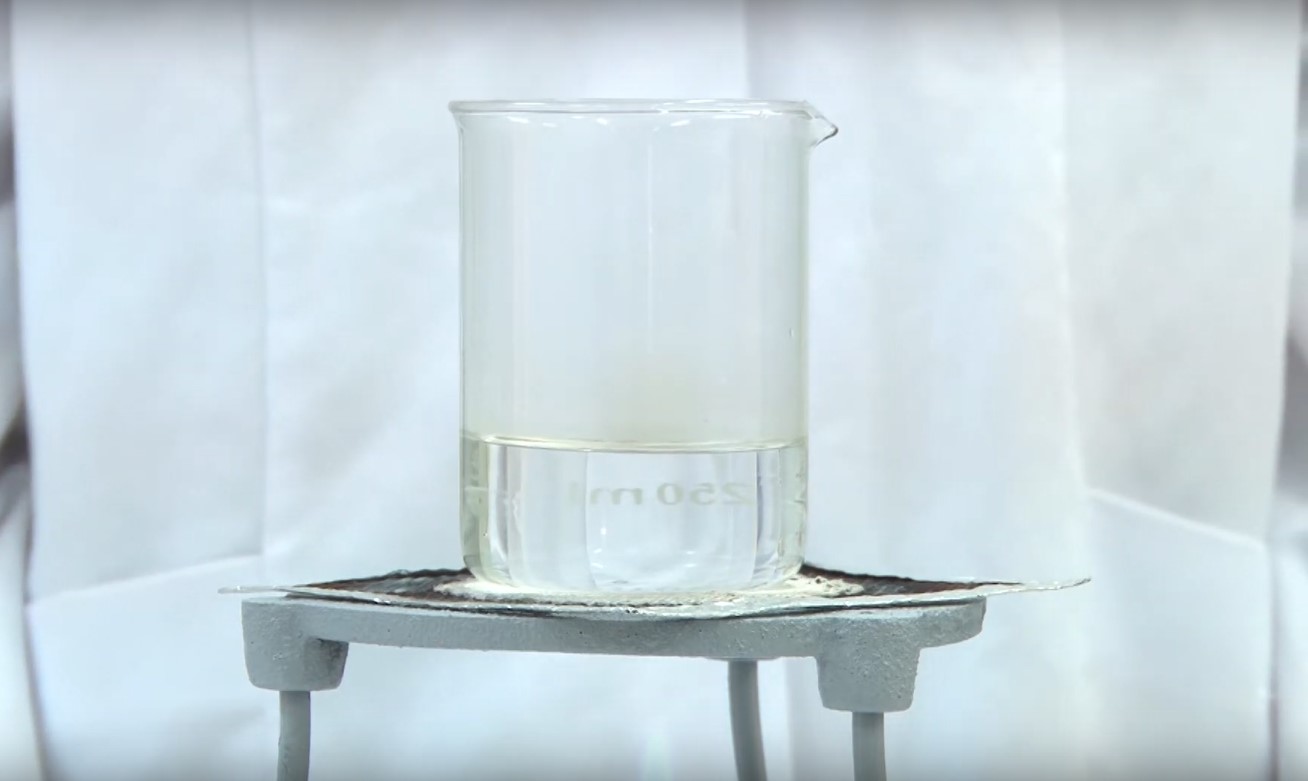

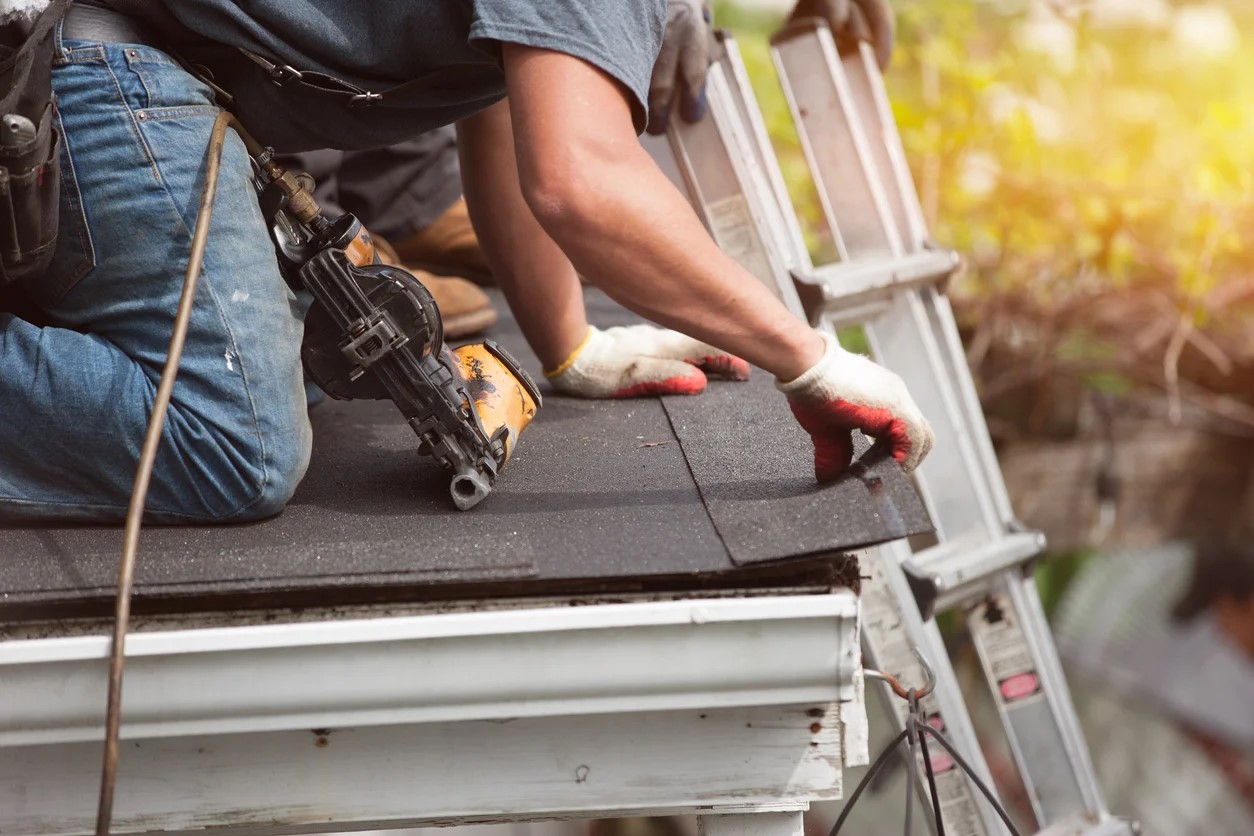

0 thoughts on “What Should You Set Your Thermostat On In The Summer”